Hot Chips 2018: Tachyum Prodigy CPU Live Blog
by Dr. Ian Cutress on August 21, 2018 5:55 PM EST- Posted in
- CPUs
- Hot Chips
- Trade Shows
- SoCs
- Enterprise CPUs
- Live Blog
- Tachyum
- Mesh
- Ring
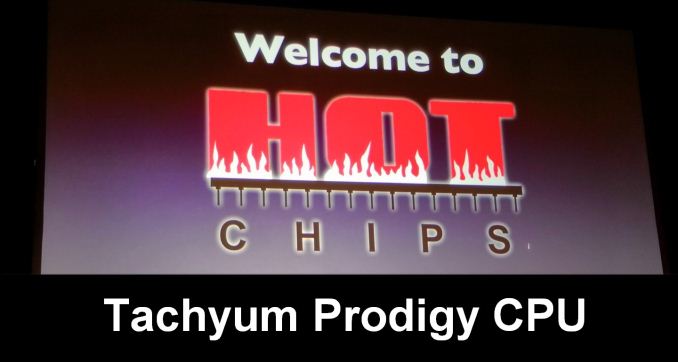
05:55PM EDT - One of the more interesting talks is from Tachyum, who have a deep presentation about their new hyperscale Prodigy processors with up to 64 cores and eight channel memory. Tachyum is headed up by one of the original co-Founders of SandForce and Wave Computing. The talk is set to start at 3pm PT / 10pm UTC.
06:01PM EDT - Trying to give the best of CPU GPU TPU
06:01PM EDT - Prodigy is a server/AI/supercomputer chip for hyperscale datacenters
06:01PM EDT - Is programmable and optimized
06:02PM EDT - AI based on spiking model requires other hardware
06:02PM EDT - Not all AI is neural networks
06:02PM EDT - Tape out in 2019
06:02PM EDT - One die with three different versions
06:03PM EDT - Different variants for different markets
06:03PM EDT - T864 = 64 cores and 8 DDR4/5 controllers, 72 PCIe 5.0, 2x400G internet on single piece of silicon
06:03PM EDT - Each core will be faster than Intel Xeon
06:03PM EDT - Single threaded performance on Spec INT/FP better than Xeon
06:04PM EDT - 2TF performance per core
06:04PM EDT - Better perf than Volta chip wide
06:04PM EDT - 180W at 4 GHz
06:04PM EDT - 7nm, 12 metal layers, 0.8V, 290 mm2
06:05PM EDT - Data wires are small to reduce power
06:05PM EDT - Smaller than ARM
06:05PM EDT - Using standard cells and memories
06:05PM EDT - In order design - out of order execution with compiler
06:05PM EDT - Accepts C/C++/Fortran
06:05PM EDT - Programming model is CPU-like
06:06PM EDT - 32 x INT64 registers
06:06PM EDT - 32 vector registers 256/128 bits
06:06PM EDT - Sorry pictures have stopped
06:06PM EDT - maybe not
06:06PM EDT - ILP based on bundling
06:07PM EDT - 2 load + 2 multiply-add + 1 store + 1 address increment + 1 compre + 1 branch per clock
06:07PM EDT - 1.72 instructions per cycle normal
06:07PM EDT - based on bundle size from compiler
06:07PM EDT - 2.6 instructions/bundle on average
06:07PM EDT - 8-RISC-style micro-ops per cycle
06:08PM EDT - Itanium was stalled 50% of the time due to dynamic scheduling. Normal OoO core is about 15%. Due to our simulator, we achieve less than 20% stall
06:08PM EDT - Can do OoO and speculation in software without expensive hardware
06:08PM EDT - Changing the perf/$ and perf/W equation
06:09PM EDT - Linux and FreeBSD ported in 2019
06:09PM EDT - Device drivers, boot-loaded and Java JIT
06:09PM EDT - Replace parts of GCC to enable Prodigy core
06:09PM EDT - Working so critical applications work day one
06:10PM EDT - Learning from Arm entering the hyperscale space - took over 12 months and $100m to compile and port to Arm
06:10PM EDT - For a startup that would be problem
06:10PM EDT - Allow customers to use x86 binary through QEMU emulator
06:11PM EDT - allows for shorter deployment time
06:11PM EDT - Existing binaries supported via emulators
06:11PM EDT - Use service providers in Europe to port existing applications
06:12PM EDT - The core - 8 micro-ops decode and dispatch per clock (16 bytes per op)
06:12PM EDT - 1 store, 1 load, 1 load/store unit
06:12PM EDT - 32 x 512-bit vector registers
06:12PM EDT - Conventional front end
06:12PM EDT - Simple branch predictor works sufficiently well with compiler
06:13PM EDT - Machine can execute 1-4 words per clock, each word with 1-2 ops
06:13PM EDT - Instruction Execution looks like in-order, but can slide instructions on cache misses
06:14PM EDT - 9-stage pipeline due to no register renaming required
06:14PM EDT - Supports 64B/clock per memory op into L1
06:14PM EDT - Private 512KB L2 cache
06:14PM EDT - Spill and fill with data cache and L2 cache
06:15PM EDT - L3 distributed cache is same latency as L2
06:15PM EDT - Supports FP16 and INT8
06:15PM EDT - 2x512-bit MAC or 3x512-bit int per clcok
06:16PM EDT - Standard mesh with the cores, 8x8
06:16PM EDT - It also has an IO ring
06:16PM EDT - for networking applications, lower latency for far memory access
06:16PM EDT - important for no packet loss and reduces congestion
06:16PM EDT - 32 bytes per clock per direction I/O to DRAM
06:17PM EDT - 2 x HBM3 controllers and 8 x DDR controllers
06:17PM EDT - Average utilization on Amazon EC is 30%. Facebook average utilization is 40%
06:18PM EDT - 60-70% idle. With an AI chip, you can train / inference when idle with chips that are capable
06:18PM EDT - Our chips you can run servers and then AI when idle
06:18PM EDT - access to 20x AI
06:18PM EDT - don't need different hardware
06:19PM EDT - In a Facebook 100MW datacenter, 442k servers. 40% idle means 265k idle servers per day
06:19PM EDT - With our chip, those chips can run AI during downtime
06:19PM EDT - e.g. 256k servers, each with 4x2x100 GbE with no oversubscription
06:21PM EDT - Also saves power
06:21PM EDT - New technology is needed - datacenters could consume 40% of planet energy by 2040
06:22PM EDT - Overall aims
06:22PM EDT - Outperform Xeon E5 v4 using same GCC
06:22PM EDT - 4.0 GHz on 7 nm
06:22PM EDT - Tape out in 2019
06:22PM EDT - Multiple interested and engaged customers
06:23PM EDT - Integer Datapath is in place - currently limited by speed of SRAMs
06:23PM EDT - Q&A time
06:26PM EDT - Q: I feel like deja vu - at Hot Chips, Intel introduced VLIW-concept Itanium that pushed complexity onto the compiler. I see traces of that here. What are you doing to avoid the Itanium traps? How will you avoid IP from Intel? A: Itanium was in-order VLIW, hope people will build compiler to get perf. We came from opposite direction - we use dynamic scheduling. We are not VLIW, every node defines sub-graphs and dependent instructions. We designed the compiler first. We build hardware around the compiler, Intel approach the opposite.
06:27PM EDT - Q: You mention emulation for x86. What kind of penalty in performance? A: About 40% performance loss. Significant because our customer didn't want us to invest in that, as 90% of their software will be natively compiled by next year. It's a temporary deployment. Binary 4.0 GHz emulated still outperforms 2.5 GHz Xeon
06:28PM EDT - Q: How do you dodge the patents in place in this? A: We building a new beast. Our tech is significantly different. This is America.
06:30PM EDT - That's a wrap. Next live blog in 30 mins on IBM.


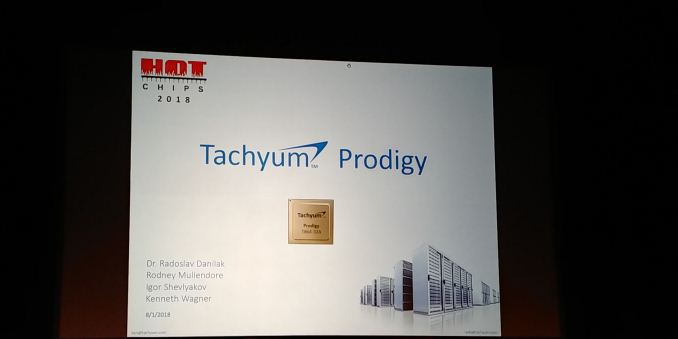
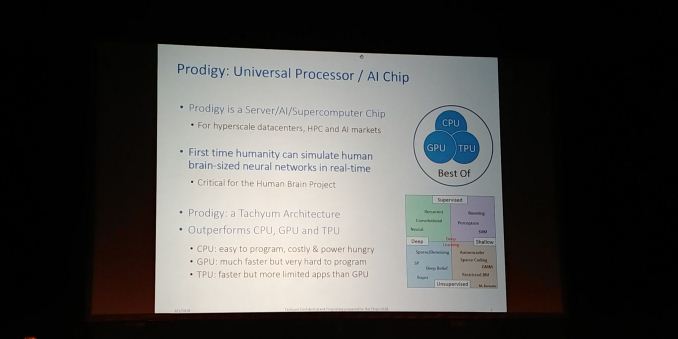
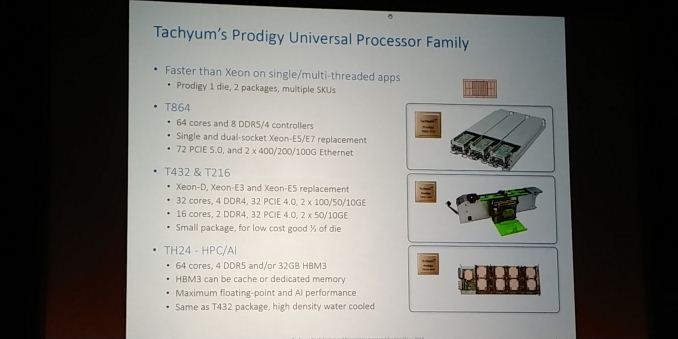
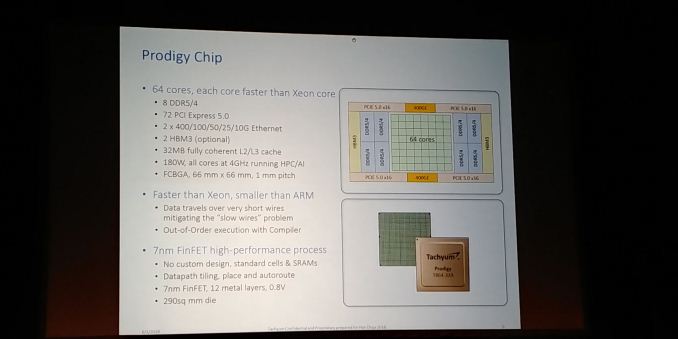




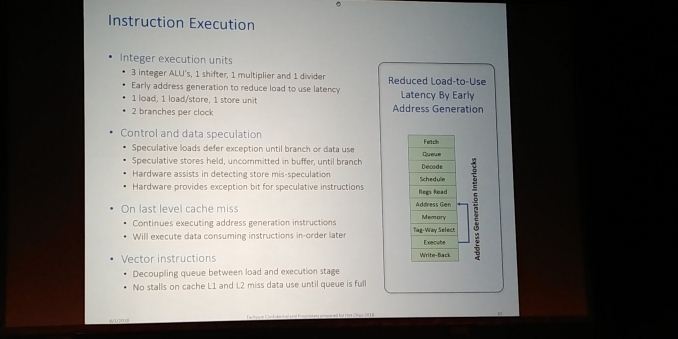
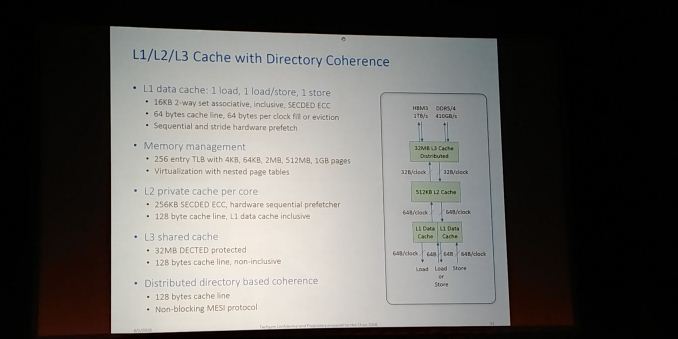
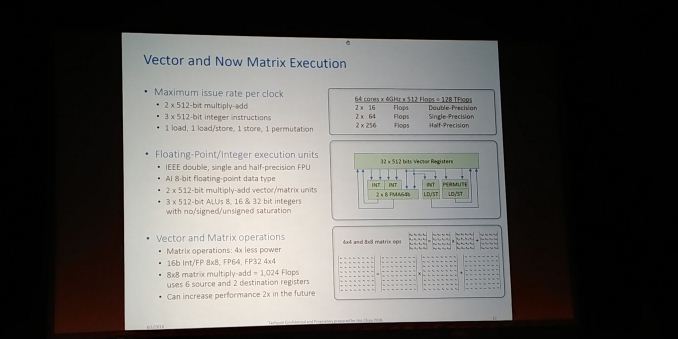
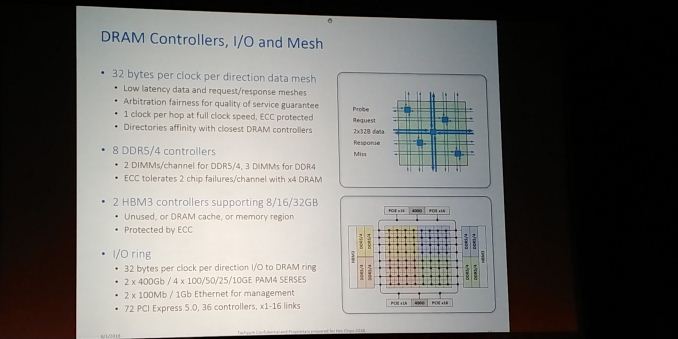
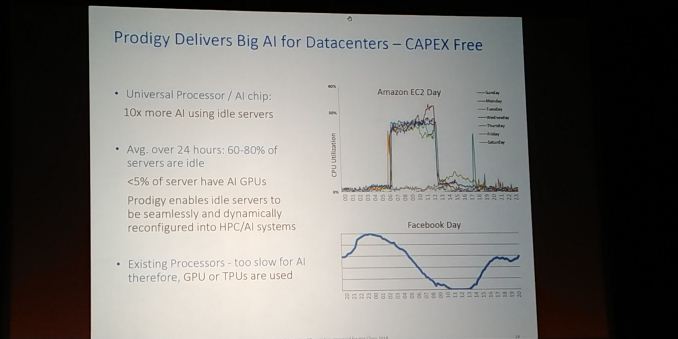
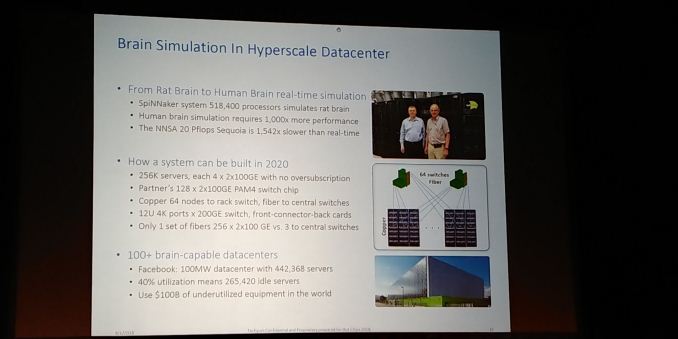
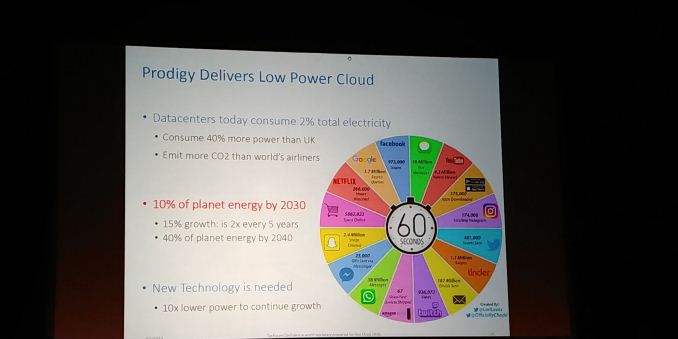









15 Comments
View All Comments
DieWurst - Wednesday, August 22, 2018 - link
I ran out of popcorn half-way through the presentation, it was that good.nils_ - Thursday, August 23, 2018 - link
This sounds extremely ambitious, and frankly to good to be true. Where is the code? Where are the patches for Linux and the compilers?name99 - Thursday, August 23, 2018 - link
They have been hiring LLVM and GCC engineers. You can easily verify this with a web search. I expect they have not published the patches for the obvious reason that they were (and remain) essentially secret; they're not yet ready to give details.This doesn't mean they're legit; but their behavior is hardly unusual in this respect. Hell, good luck finding a machine model for an Apple design more recent than the A7 in the public LLVM repository...
nils_ - Friday, August 24, 2018 - link
This is the classic trap that many SoC vendors fall into by not submitting their patches early enough. To have the CPU supported by Linux / GCC they should have been submitting patches already, at least for a 2019-2020 release, and then get one or two popular distributions on board (which themselves are sometimes extremely slow on the update when it comes to new kernels).bananaforscale - Saturday, August 25, 2018 - link
"In a Facebook 100MW datacenter, 442k servers. 40% idle means 265k idle servers per day"No, 40% of 442k is ~177k. 265k would be the number of *active* servers.